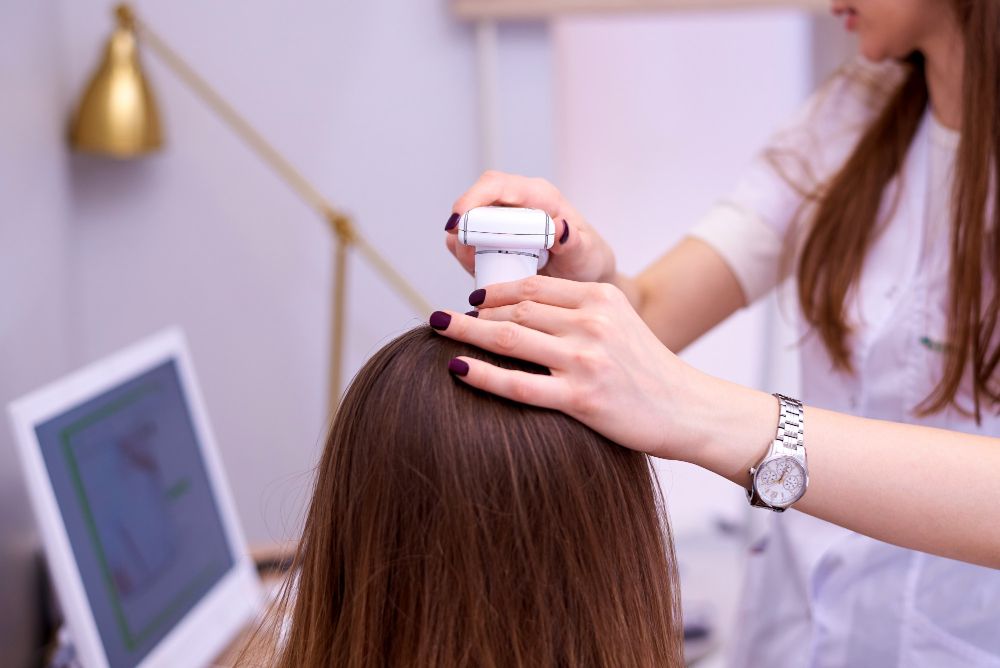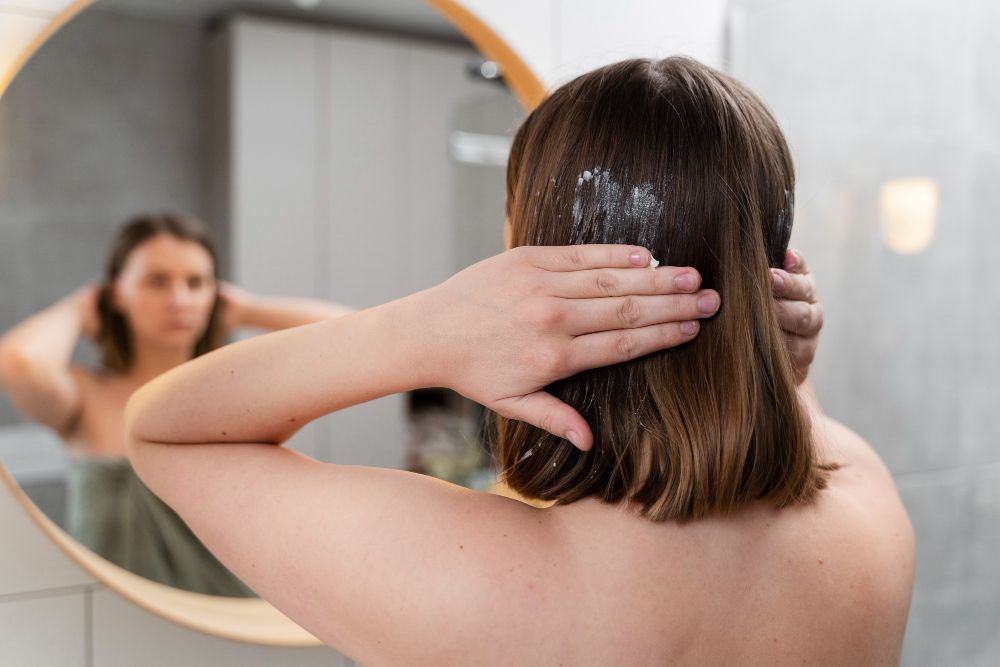- Home
- Trend
- Weight Loss Strategies
- Acne Tips
- Hair Health Information
- Blemish Removal Tips
- Acne Scar Removal Tips
- Muscle Building Techniques
- Intimate Care Tips
- Postpartum Intimate Care
- Eye Bags Wiki
- Tips for Face Slimming
- Secret of Permanent Hair Removal
- Breast Enlargement Tips
- Cure to Snoring
- Marionette Lines
- Skin-Tightening Secrets

免費體驗
F8 Hair Regrowth Treatment
1 Minute Self-Registration
Date should not be before minimal date
Stressed because of hair loss? you're not alone - up to 50% of women face this challenge during their lifetime. Genetics , hormonal changes, medical conditions, and nutritional deficiencies are common causes for hair loss. Signs like a widening part in hair, thinning ponytail, or excessive shedding may occur. Fortunately, there are various solutions to hair loss. Keep reading to find out the secrets of regaining healthy hair again! Even if you don’t have hair loss concerns, this article will let you know the ways to keep your hair healthy!
1
Common Causes of Female Baldness
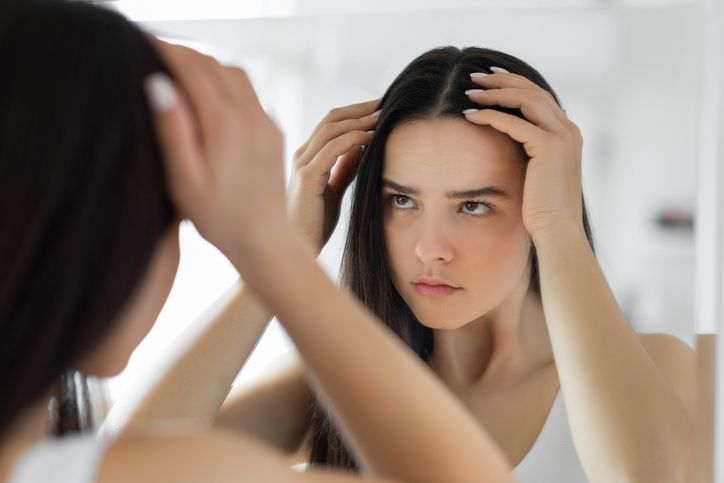
1. Genetics
2. Hormonal changes
3. Nutrient deficiencies
2
Warning Signs of Hair Loss
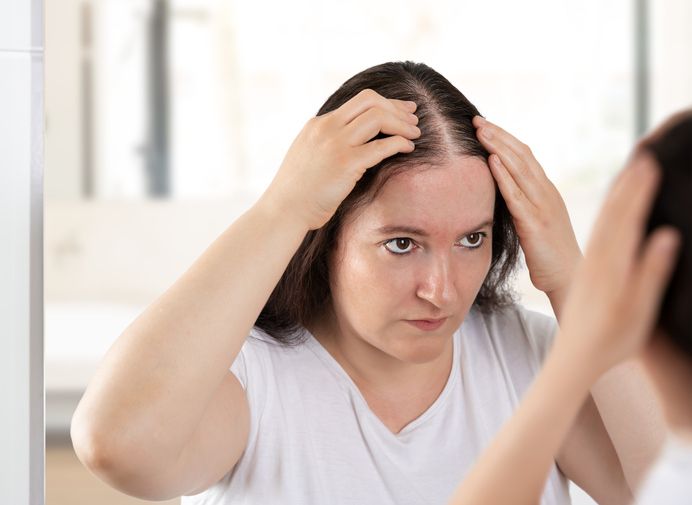
- What Exactly Is Heat Protection Spray? Understand Its 4 Key Benefits + Complete Buying & Usage Guide
- Beware of Hair Loss! See 5 Main Causes of Thinning Hair and Compare Western VS Traditional Chinese Medicine on Hair Regrowth!
- Optimising Hair Health: Choosing the Best Hair Fall Shampoo For Yourself
- Unlocking the Secrets of Hair Growth Supplements: Your Go-To Guide
3
Different Types of Hair Loss
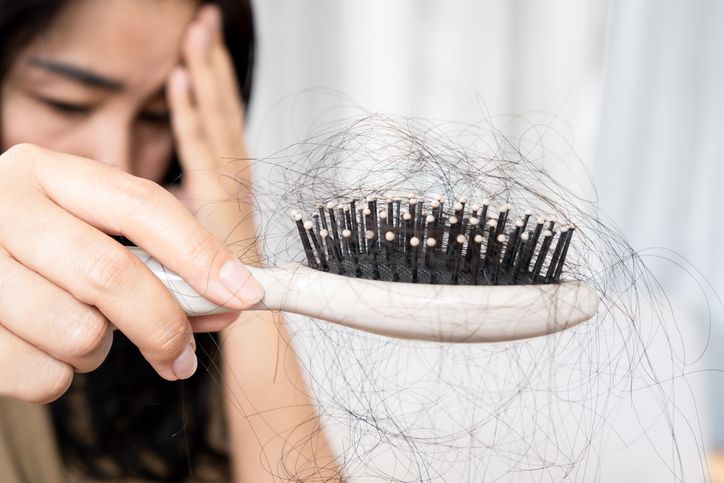
1. Androgenetic alopecia
2. Telogen effluvium
3. Traction alopecia
4
Hair Loss Diagnosis Through Hair Patterns
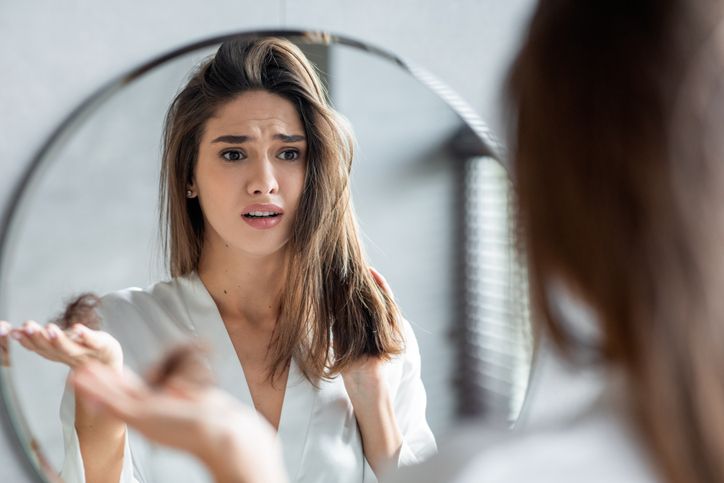
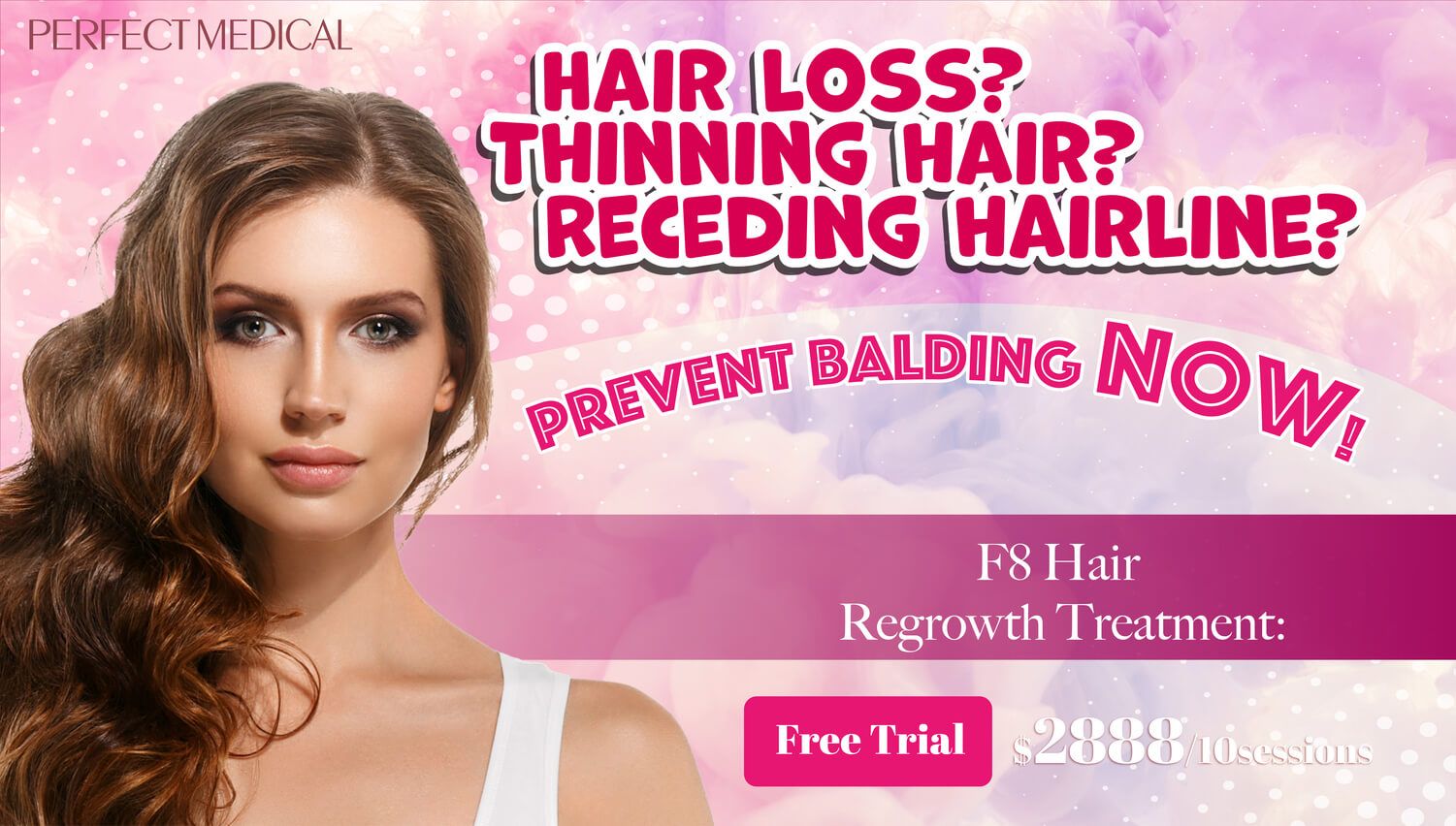
免費體驗
F8 Hair Regrowth Treatment
1 Minute Self-Registration
Date should not be before minimal date
5
Solutions for Hair Loss
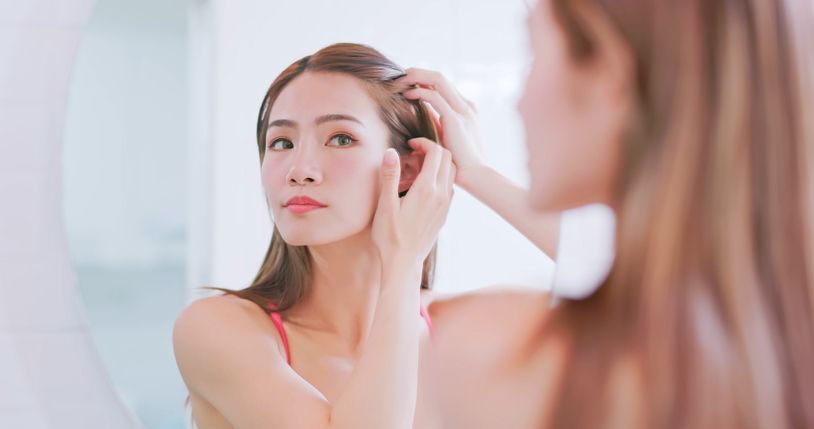
1. Medical Treatment
2. Perfect Medical’s F8 Hair Regrowth Treatment
3. Natural Hair Growth Solutions
6
Hair Care Tips to prevent Hair Loss
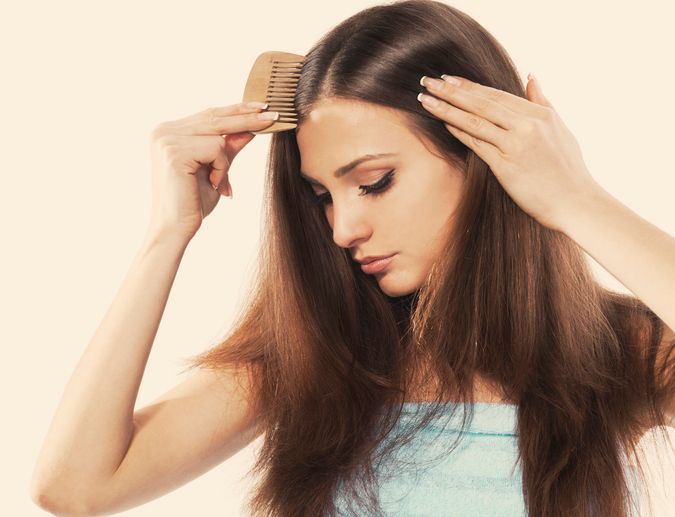

免費體驗
F8 Hair Regrowth Treatment
1 Minute Self-Registration
Date should not be before minimal date
FAQ

Can Pregnancy-Related Hair Loss Be Permanent?
While pregnancy-related hair loss isn't typically permanent, you'll find that most of your hair will grow back within 6-12 months after giving birth. In rare cases, if you have underlying conditions like thyroid disease, the hair loss might be more persistent. If you're concerned about prolonged hair loss, it's best to consult your healthcare provider, as they can determine if there's an underlying issue that needs treatment.
How Does Chlorine in Swimming Pools Affect Hair Loss?
Chlorine slowly wears away at your hair's protective layers, but it won't directly cause hair loss. While you might notice your hair becoming dry, brittle, and prone to breakage after swimming, chlorine itself doesn't trigger permanent hair loss. You can protect your strands by wearing a swim cap, pre-wetting your hair with fresh water, and using specialized swim shampoos after pool time.
Do Certain Ethnicities Experience Higher Rates of Female Hair Loss?
Yes, you'll find significant differences in hair loss patterns among ethnicities. Caucasian and West Asian women experience higher rates of androgenetic alopecia, while Black women are particularly vulnerable to traction alopecia from tight hairstyling practices. East Asian women typically have lower rates of hair loss. Hispanic women may face increased risk due to certain styling practices, and Native American women generally show the lowest rates of hereditary hair loss.
Can Birth Control Pills Help or Worsen Hair Loss?
Birth control pills can either help or worsen hair loss, depending on their hormone composition. You'll find that pills with higher estrogen levels, like Yasmin and Dianette, can actually promote hair growth, while progestin-only pills might trigger hair thinning. If you're concerned about hair loss, you'll want to avoid pills like Microgynon and Loestrin, which have stronger androgenic effects. Consider discussing low-androgen options with your doctor.
Does Gray Hair Appear Thinner, or Is It Actually Losing Density?
While over 50% of people have significant gray hair by age 50, gray hair isn't actually thinner - it's often thicker in diameter than pigmented hair. You're likely noticing a combination of age-related density changes and an optical illusion. Gray hair appears less dense because it lacks pigmentation, making it seem more transparent. Additionally, as you age, you'll experience natural density loss, but this isn't specifically tied to the graying process.






